In some countries on a few continents, there are a few producers of polymer clay. If you are not so familiar with the clay yet, maybe you are a little bit confused about it. That’s why I am going to tell you more today about the most popular brands of the polymer clay, which are different in their attributes.
Some of them are softer, or harder, others can have effects like sparkles, luminescence, metallic inclusions, or stone imitation. Each brand also has a different time and temperature of baking. Those of them, who have to be baked at the same temperature, can be also combined together. After baking the clay can be flexible or firm.
I can not say which one is the best, but it’s worth to try all of them and decide, which one is the best for you.
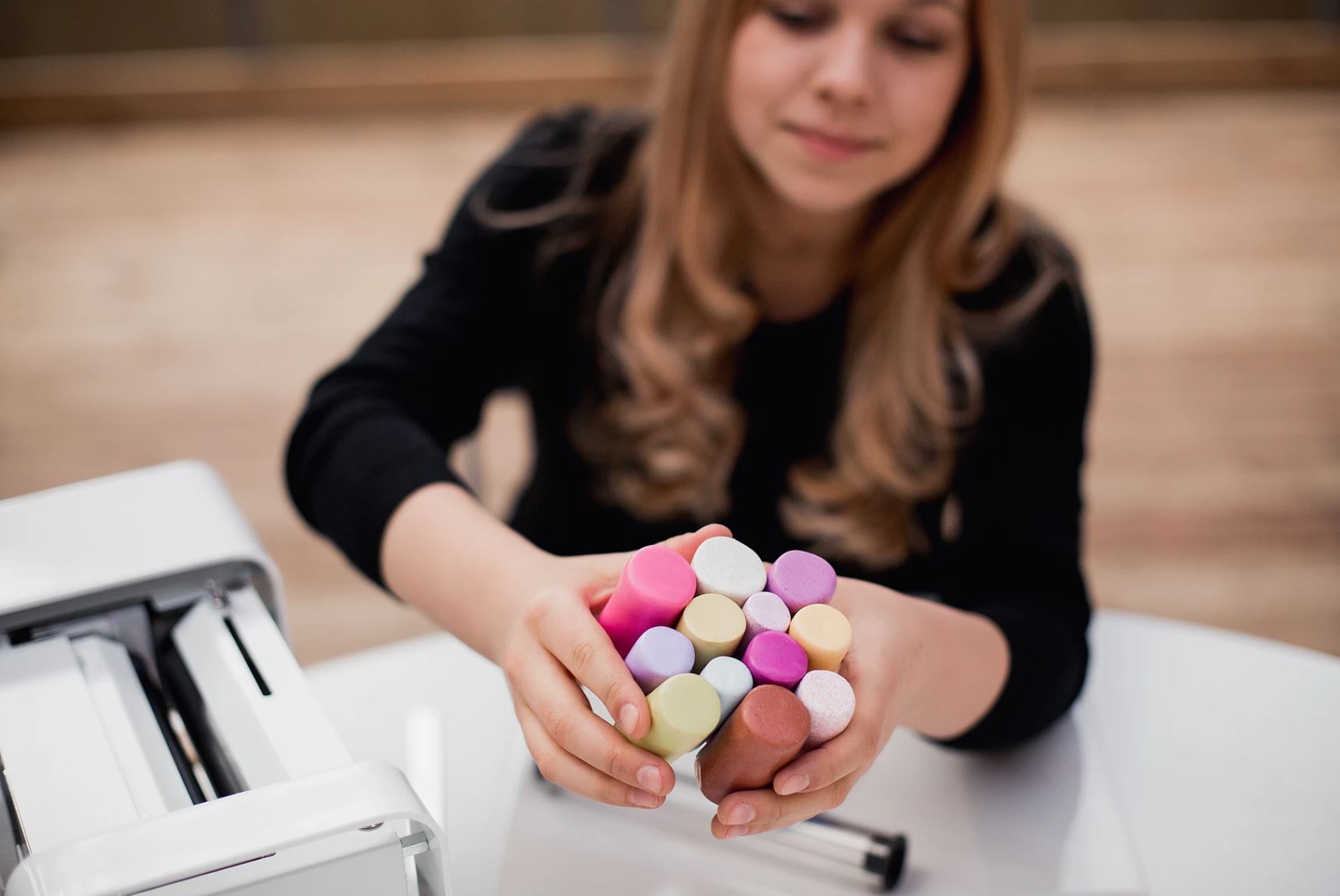
Polymer clay rollers
FIMO (110°C)
The most popular polymer clay, also the first in the world made in Germany. It’s made by Staedtler company as a Fimo Professional, Fimo Kids, and Fimo Effect. The consistency of the clay is quite soft, especially the one for kids. They are also tens of colors and other effects, but I don’t usually work with Fimo, as it dyes your arms while working and it’s not good for complicated canes and patterns.
CERNIT (110°C)
Belgium polymer clay, one of the cheapest brand. Consistency can be different every time, from my experience one day it was soft like a chewy gum, half a year later the same brand but different block was really hard. Also after baking some colors can change, so you don’t have a sureness how it will look. But there are really good transparent colors.
PREMO (130°C)
Clay by Polyform from the USA, which is well-known for its amazing shiny colors, including metallic ones. It’s quite soft, after baking flexible. It does not color your arms and it’s nice for working. Polyform also makes other brands as Sculpey, Soufflé, or UltraLight – this clay is good for filling your product from polymer clay to make it lighter.
SOUFFLÉ (130°C)
Another clay by Polyform, which is good for kids. It has only a few already mixed colors, so you can not find any basic colors of this brand. The consistency is really soft, the surface is like a velvet. I don’t recommend it for canes or techniques where you need accuracy.
KATO (150°C)
American clay from Van Aken in cooperation with Donna Kato. It’s one of the most expensive clay, but also really professional. The Kato is not soft, so it’s perfect for canes making as it keeps every detail. After baking the Kato can be polished really well, unfortunately, some products (for example beads) can have cracks on the surface. Also white color after baking is not white, but more like an ivory color.
PARDO (120°C)
Again Germany polymer clay, well-known for its transparent colors. The consistency is similar to Kato and it takes some time to condition the clay. Also, the metallic colors of the Pardo are perfect.
ARTIFACT (120°C)
It’s one of the softer clay, but working with this clay is not like with Fimo. The artifact is made in Russia, the surface of this brand is like a velvet, but really different than other brands. In Russia, it is probably a best seller, but it still includes phthalates, that’s why it is really cheap.
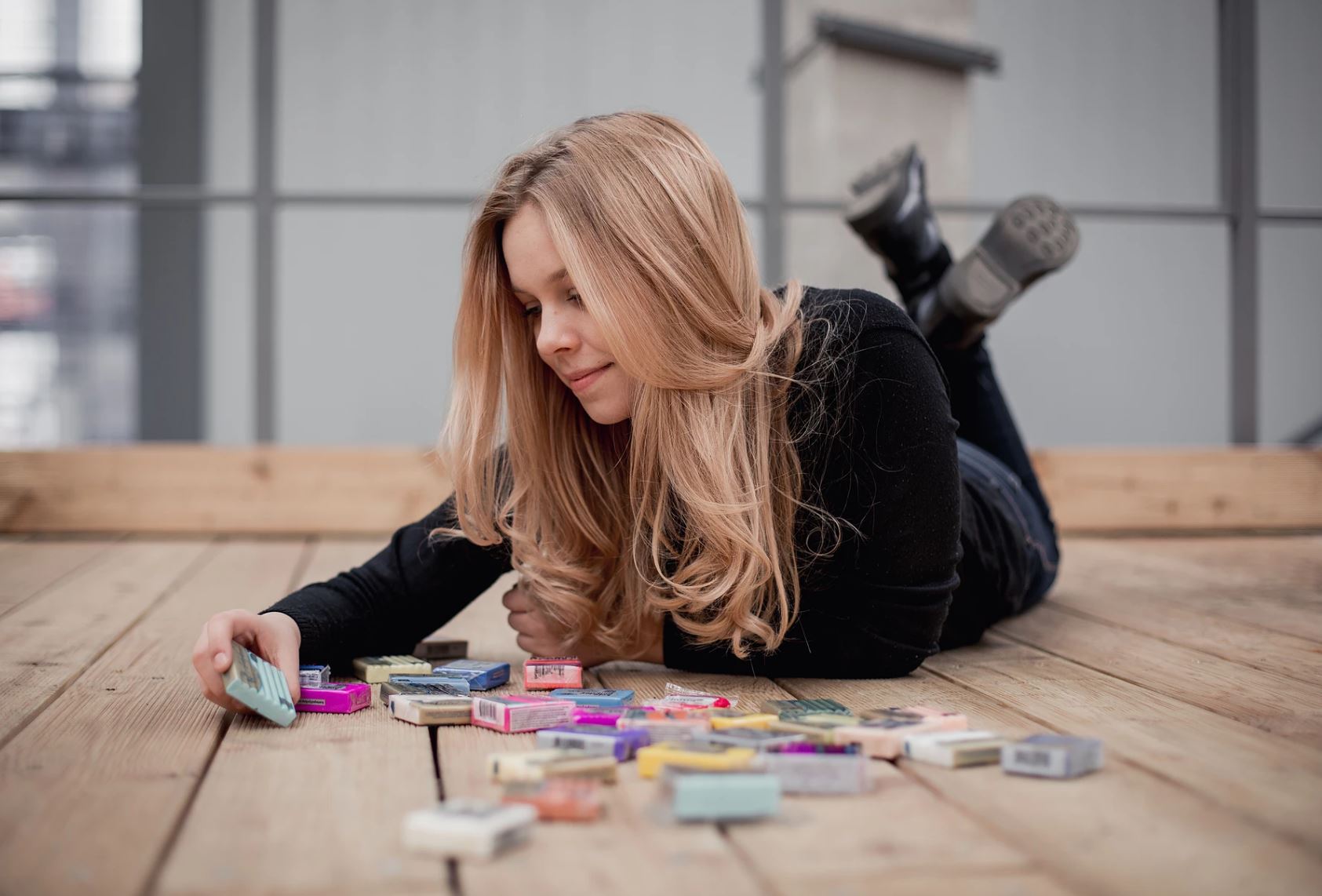
Lucy and polymer clay
I hope it’s now more clear to you. So sit down behind the clay machine, do some experiments and choose the clay, which is the best for you.
Last few years I have been working only with Kato, but I am really tired with all cracks and white as ivory hue after baking. So now I change the clay for the projects. Fimo, Premo, and Cernit for projects where I don’t need hard consistency. Kato for canes and working with an extruder.
Have a nice claying! I am going to make green tea and enjoy working.
Lucy
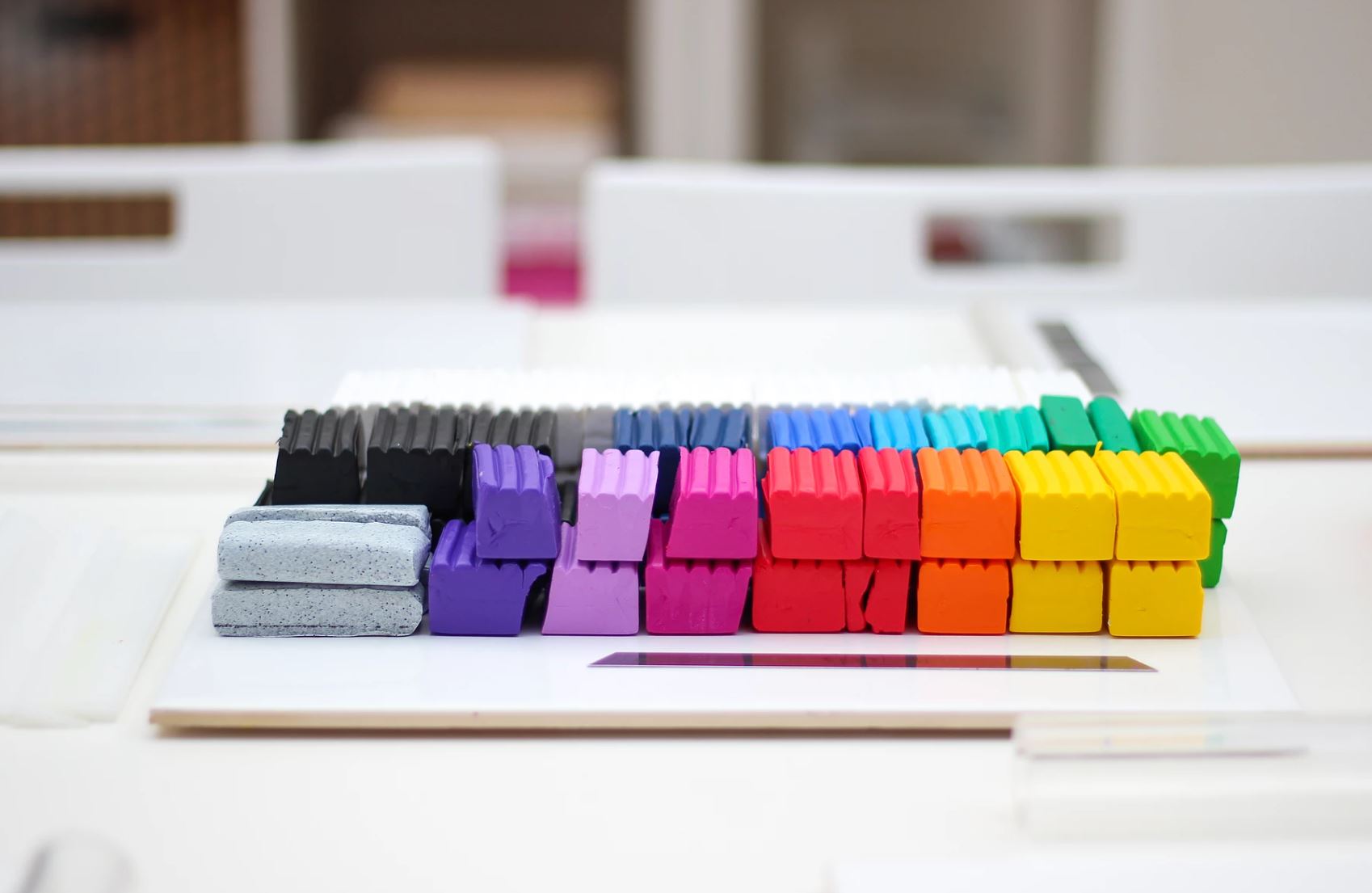
Polymer clay ready to work with.

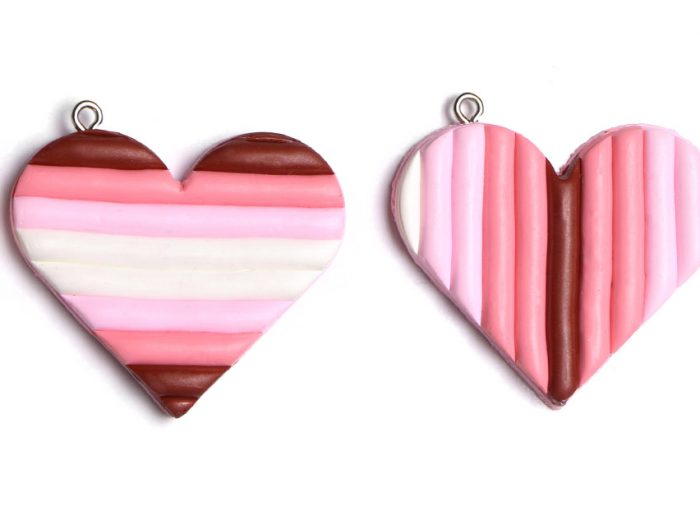
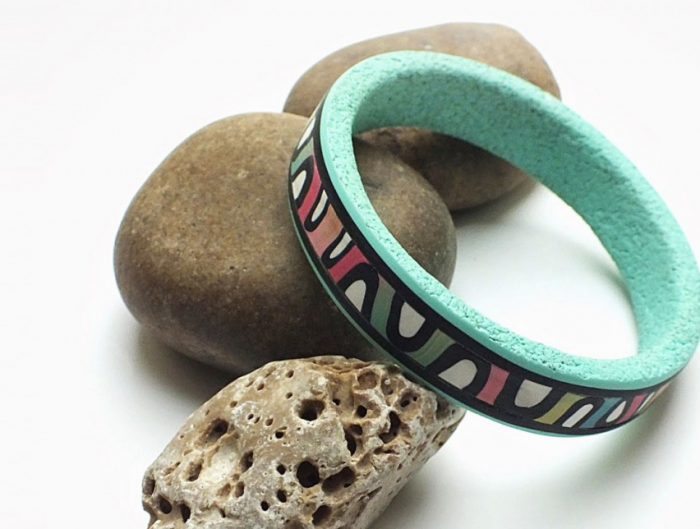
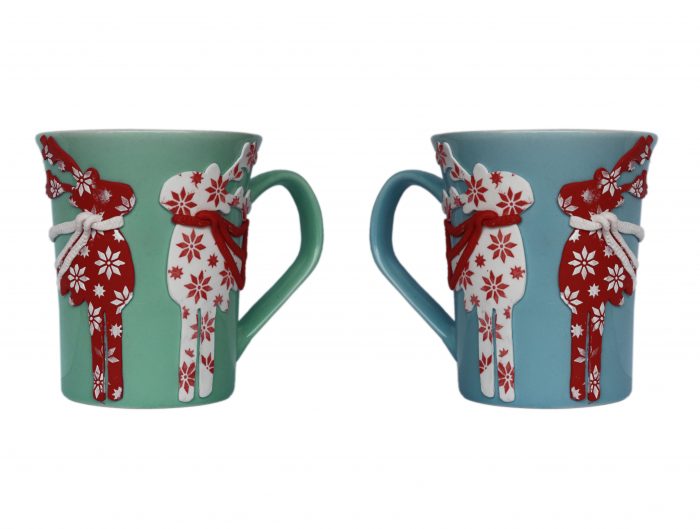
Leave A Reply